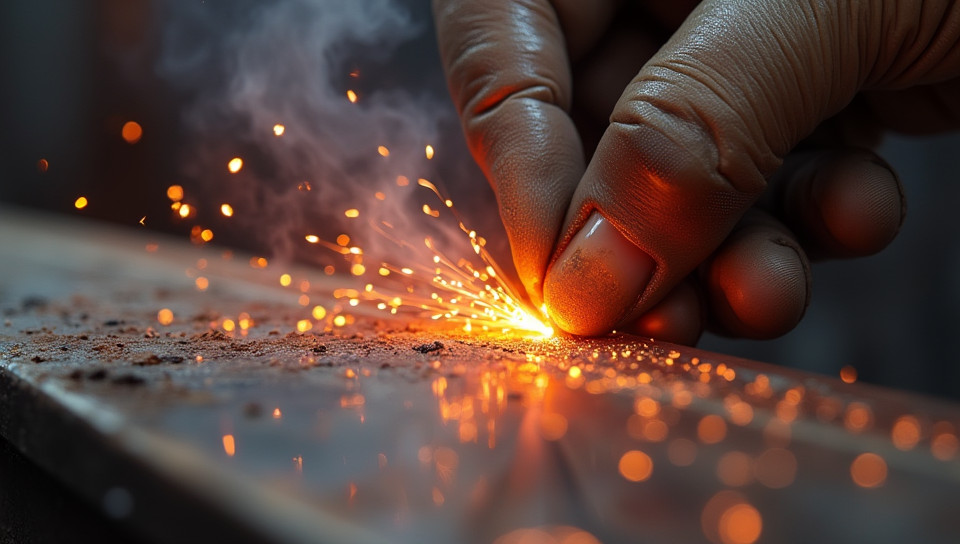High temperatures can damage anodized metal coatings 44%

The Hidden Dangers of High Temperatures on Anodized Metal Coatings
As we continue to push the boundaries of innovation and technology, it's essential to understand the limitations of materials used in various applications. One such material is anodized metal coatings, which are widely used in industries like aerospace, automotive, and medical devices due to their excellent corrosion resistance and durability. However, high temperatures can damage these coatings, compromising their performance and longevity.
What are Anodized Metal Coatings?
Anodized metal coatings are formed through an electrochemical process that converts the metal surface into a thin, oxide layer. This layer provides exceptional protection against corrosion, wear, and tear, making it an ideal choice for applications where exposure to harsh environments is unavoidable. The anodizing process involves immersing the metal in an electrolyte solution, causing the metal to oxidize and form a hard, adherent coating.
Effects of High Temperatures on Anodized Metal Coatings
High temperatures can cause significant damage to anodized metal coatings, leading to a range of problems. Some of the effects include:
- Oxidation and discoloration
- Loss of adhesion between the coating and substrate
- Embrittlement and cracking of the coating
- Reduced corrosion resistance
- Increased risk of catastrophic failure
Why Do High Temperatures Cause Damage?
High temperatures can cause damage to anodized metal coatings for several reasons:
- Thermal expansion: When exposed to high temperatures, the metal substrate expands more than the oxide layer, causing stresses that lead to cracking and delamination.
- Oxidation reactions: High temperatures accelerate oxidation reactions, which can cause the coating to degrade and lose its protective properties.
- Material properties: Some metals used in anodized coatings have inherently poor high-temperature properties, making them prone to damage.
Prevention and Mitigation Strategies
While it's impossible to completely eliminate the risk of high-temperature damage, there are several strategies that can help prevent or mitigate these effects:
- Design for thermal management
- Selecting materials with improved high-temperature properties
- Applying additional coatings or surface treatments
- Implementing temperature control measures during processing and operation
Conclusion
High temperatures can cause significant damage to anodized metal coatings, compromising their performance and longevity. Understanding the effects of heat on these coatings is crucial for designers, engineers, and manufacturers working in industries that rely heavily on this material. By adopting prevention and mitigation strategies, we can minimize the risks associated with high-temperature exposure and ensure the reliability and integrity of our products. As technology continues to advance, it's essential to stay ahead of the curve by addressing these hidden dangers and developing innovative solutions to mitigate them.
- Created by: Diego Carrillo
- Created at: Dec. 25, 2024, 11:35 a.m.
- ID: 17084







